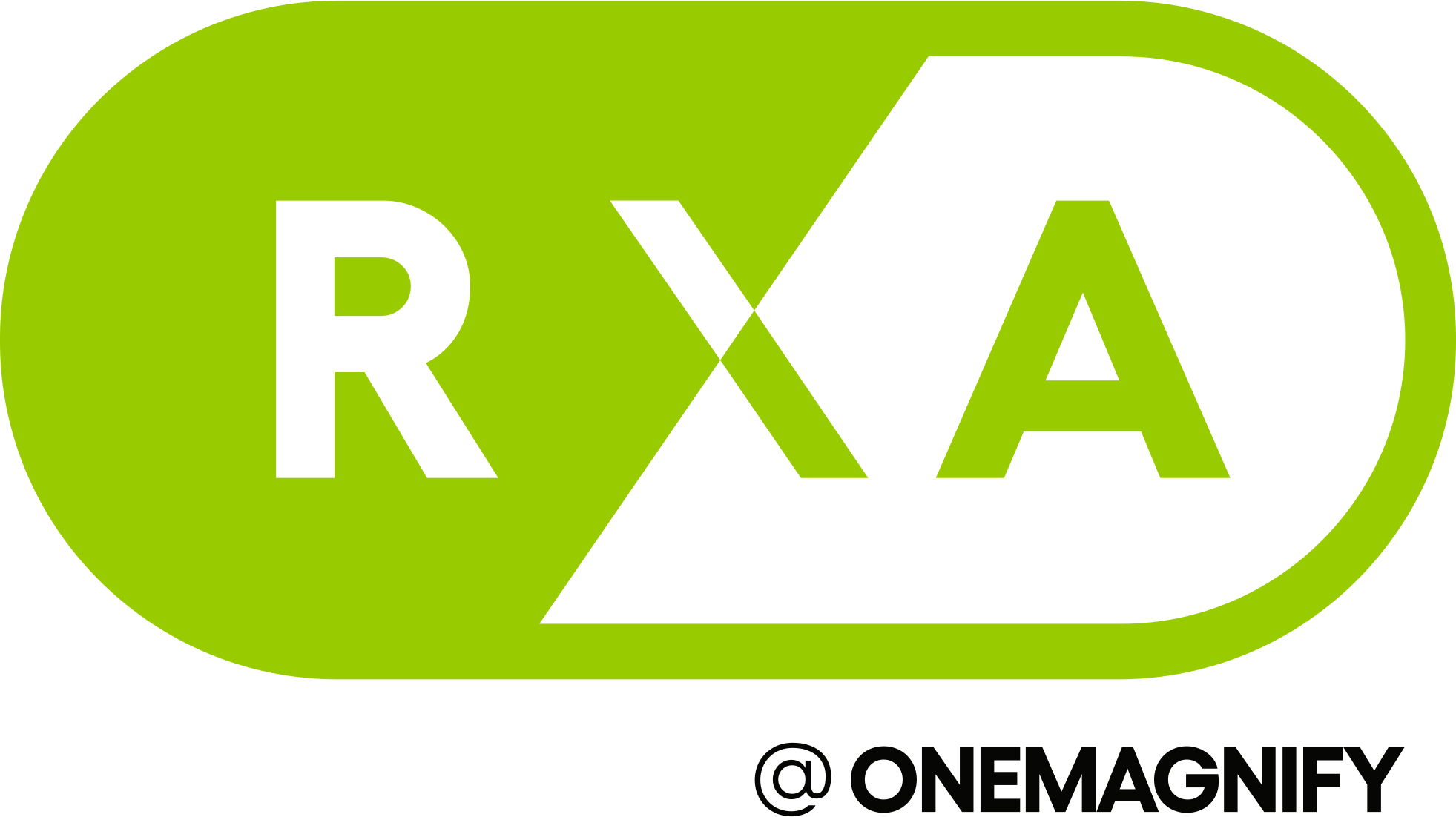While everything we do at RXA we do as a team, a team is by definition a set of individuals who come together for a common goal. Here is a look at the daily routine of one of our data analysts, which will help give you a guideline for hiring one of your very own!
When friends ask me what I do, they get a very high-level response and not much more unless they start asking questions. When you’re hiring for a digital analyst and don’t really know what the role should entail, you’re going to want a much deeper understanding of how they’ll be putting your data to work. So here’s a stab at what a typical day looks like for a digital analyst.
- Gathering Requirements: This seems like a fairly simple task – listen to what the stakeholder wants tracked and write it down. However, a good digital analyst will dig deeper by asking the right questions and making recommendations. They will lead the stakeholder through a process of understanding their goals and advising them on the most effective metrics to measure their success against their goals. A good discussion is focused more on “why” than “how”.
- Documentation: A great digital analyst documents many things for posterity and continuity: tracking requirements, implementation specifications, QA results, roadmaps, processes, etc.
- Data Collection Planning: This is where I take the stakeholder’s requirements and determine what to collect and how to collect it.
- Implementation: Now it’s time to put the data collection plan into action. I work with developers to add any on-page code such as a data layer. Then I usually complete the rest of the implementation through a tag management platform.
- Configuration: As part of implementation, the digital analyst configures settings within the digital analytics platform to manage how the incoming data will be collected and transformed.
- QA: During this important step, I ensure that the data is not only being collected, but that it is accurate.
- Reporting: This is where the digital analyst starts earning their keep…
- Analysis: But this is where the digital analyst becomes invaluable. Providing insights that will increase the bottom line.
- Platform Administration: This is pretty simple, but it’s very important too. This is where I up new users, report suites, new features, etc. Another important aspect of platform administration is auditing users to ensure that accounts are removed when users no longer need access.
- Training: A great digital analyst will train users within the organization to increase the effective usage of data. In an ideal world, every user will receive training when they receive access. Offering advanced training is a great way to penetrate the organization with greater use of analytics.
This is a look at what I do a typical day. Depending on the requirements of your organization, your prospective analyst’s mileage may vary a bit, but this is a solid foundation for the analytics process, and ensuring that your candidates are aware of these steps and follow an approximation of them will help ensure that you are getting complete and accurate results.

